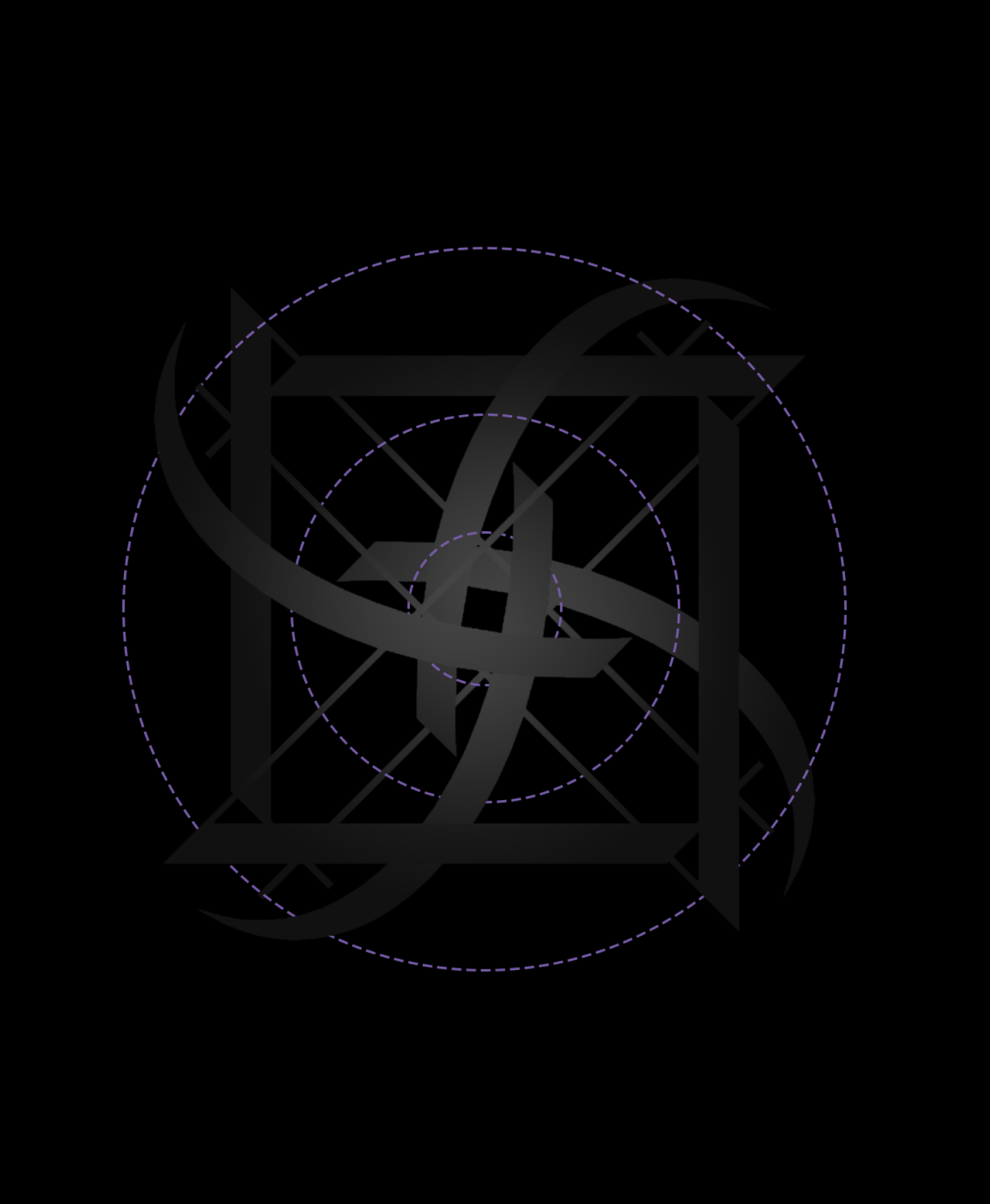Design
to
Divest
A Manifesto on how to
Design for Divestment
Design is neither a neutral nor objective force, it reflects the values and intent of the beings that wield it. Design is an instinct and the primary means by which we modify and interact with our environment to align with our needs and aspirations.
Throughout history, we have experienced design being used as a tool for harm and marginalization. Yet, we have also experienced design articulate relationships that support equity, wellbeing, and liberation.
Well-being of community, and harmony with our natural environment are at the center of many cultural practices of our African and Indigenous ancestors. At best these practices have been historically undervalued; at worst, they have been systematically erased.
Designing for divestment is a practice of design in service of liberation rather than domination to promote communal prosperity. Approaching design, through Afrocentric and Indigenous philosophies, can unlock wisdom that will heal our relationships with our Earth and each other. We can create new institutions, frameworks, and systems that foster communities of care, equity, and harmony by centering these practices. We must continually divest from all systems and structures of inequity, so that we may design new, restorative and equitable futures.
How To
Design
To Divest
These principles serve as a guide for how we approach design and align our beliefs to our behaviors; consult them when you begin a new project, and discuss them with your collaborators. These principles are not exhaustive, but we believe that if we adhere to them, we can design to divest.

Divest
By divest we mean depriving systems of dehumanization and oppression of influence and power. Divesting from the now creates liberated minds in action. A liberated mind can embrace the joy of limitless possibilities to imagine and create the world as one needs it to be. Equity is a moving target. We strive to identify areas of imbalance to restore harmony.

Respect the Locals
Indigenous communities hold the knowledge of their land through generations of experience and existence; this knowledge is sacred and provides a foundation to build on, not one to erase. We respect those who have generated knowledge that we build upon, consult directly with them to preserve that knowledge, and acknowledge the lineage of new contributions by always citing our sources.

Be Ecocentric Over Egocentric
An ecocentric approach acknowledges the interconnectedness and interdependence of humans, and more-than-humans: animals and plants; land, water, and air; materials and artifacts. To save the planet means we design to preserve our place within it. We engage our natural world as the medium for, and generator of, design.

Dignity Through Design
We use design as a medium to convey the inherent worthiness of all people and lifeforms. Design should create the conditions for dignity for everyone and should not be used as a tool for dehumanization. We reject ableism, work to eliminate barriers to equity, and constantly seek out the voices of the most vulnerable to inform our decisions.

Create With Community
Co-creation and collaboration are imperative, so we must create with our communities. By community we mean cross-cultural, cross-generational and cross-spiritual collaboration and sharing. Interweaving the collective imagination of all beings, we are able to imagine new worlds that were previously beyond the grasp of our individual consciousness. We never design alone; we co-create across generations and understand the interconnected nature of our decisions through time and experiences.

Design For Mutual Care
Care for self must align with care for community, care for society, and care for the environment. We look for ways in which design holistically supports care throughout our world. We adhere to needs, not standards, and reject the notion that design is ‘good’ or ‘bad’ based on rigid aesthetics instead of how it serves a need. We consider the full life and afterlife of what we create.

Design Is Circular
Ancestral and indigenous design practices regenerate and harmonize with nature and span multiple generations. A design process never truly ends; it is always ongoing. We reject the linear approach (growth - make, use, dispose) and the notion of "failure" and see circular opportunities to modify.
